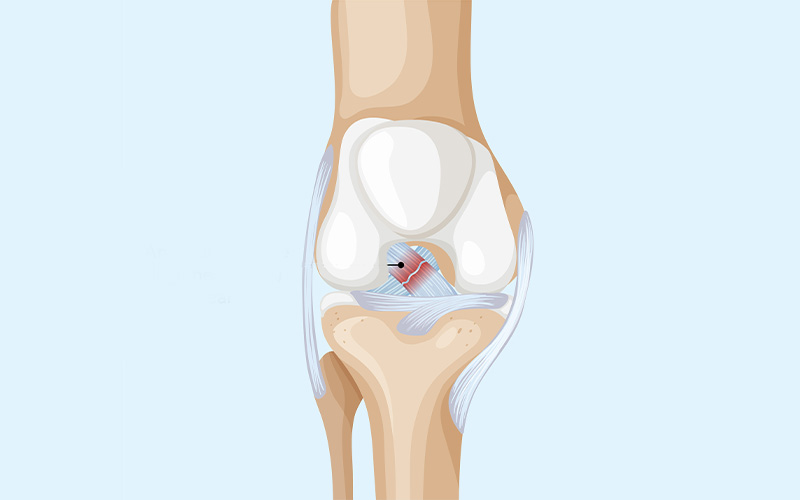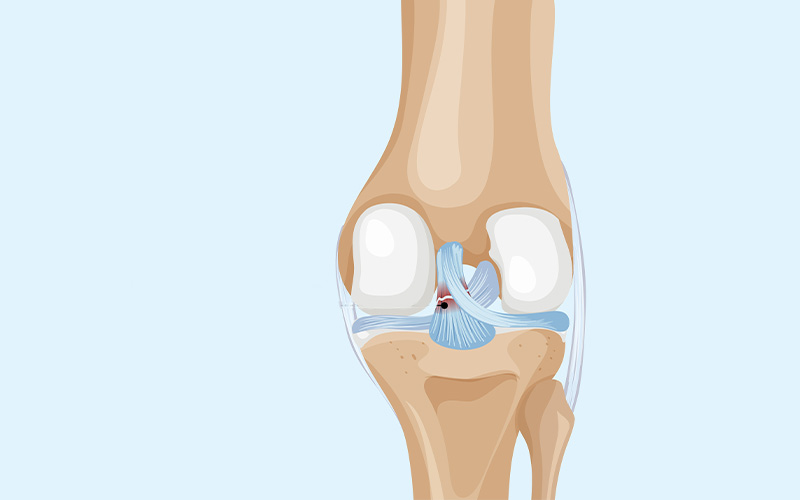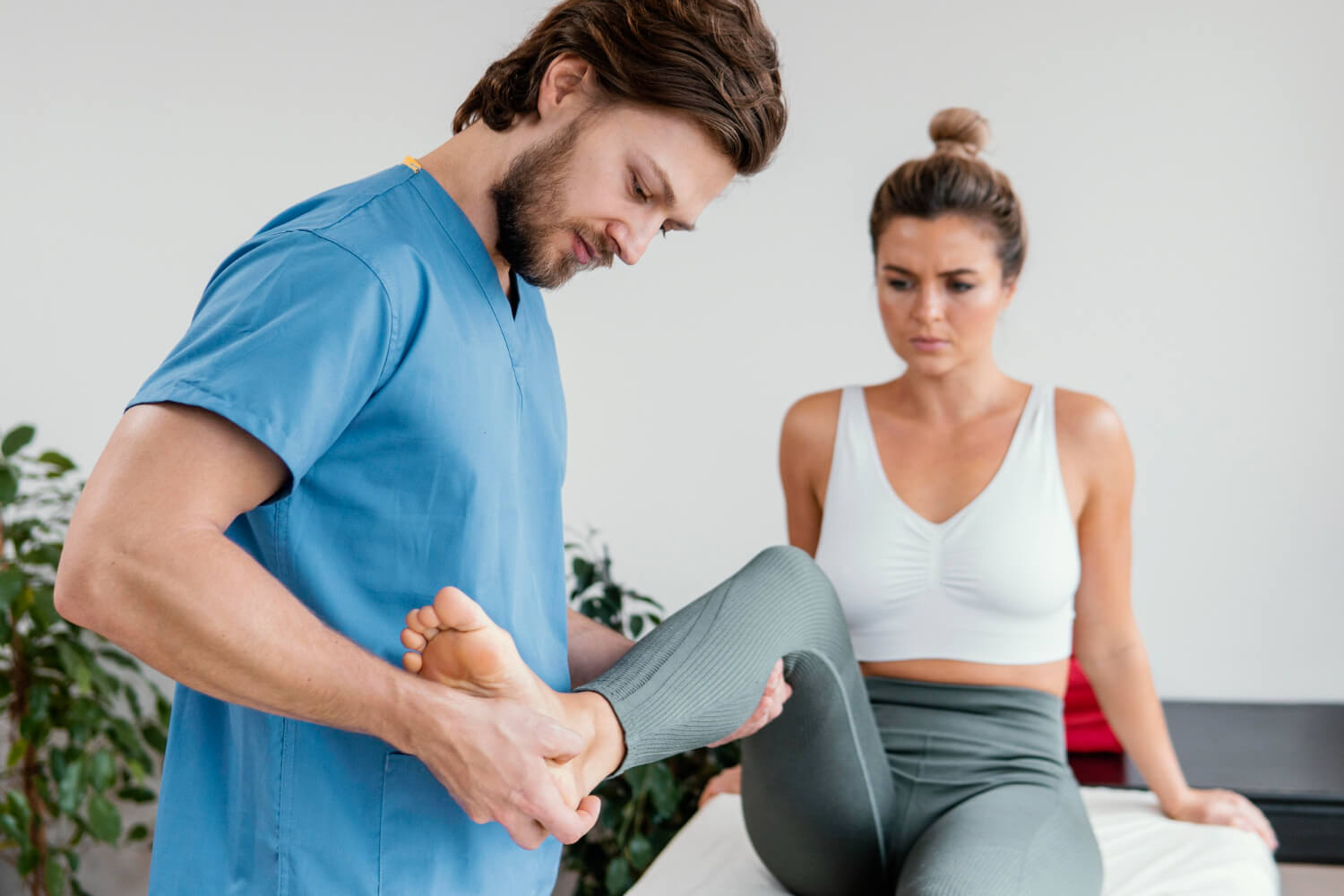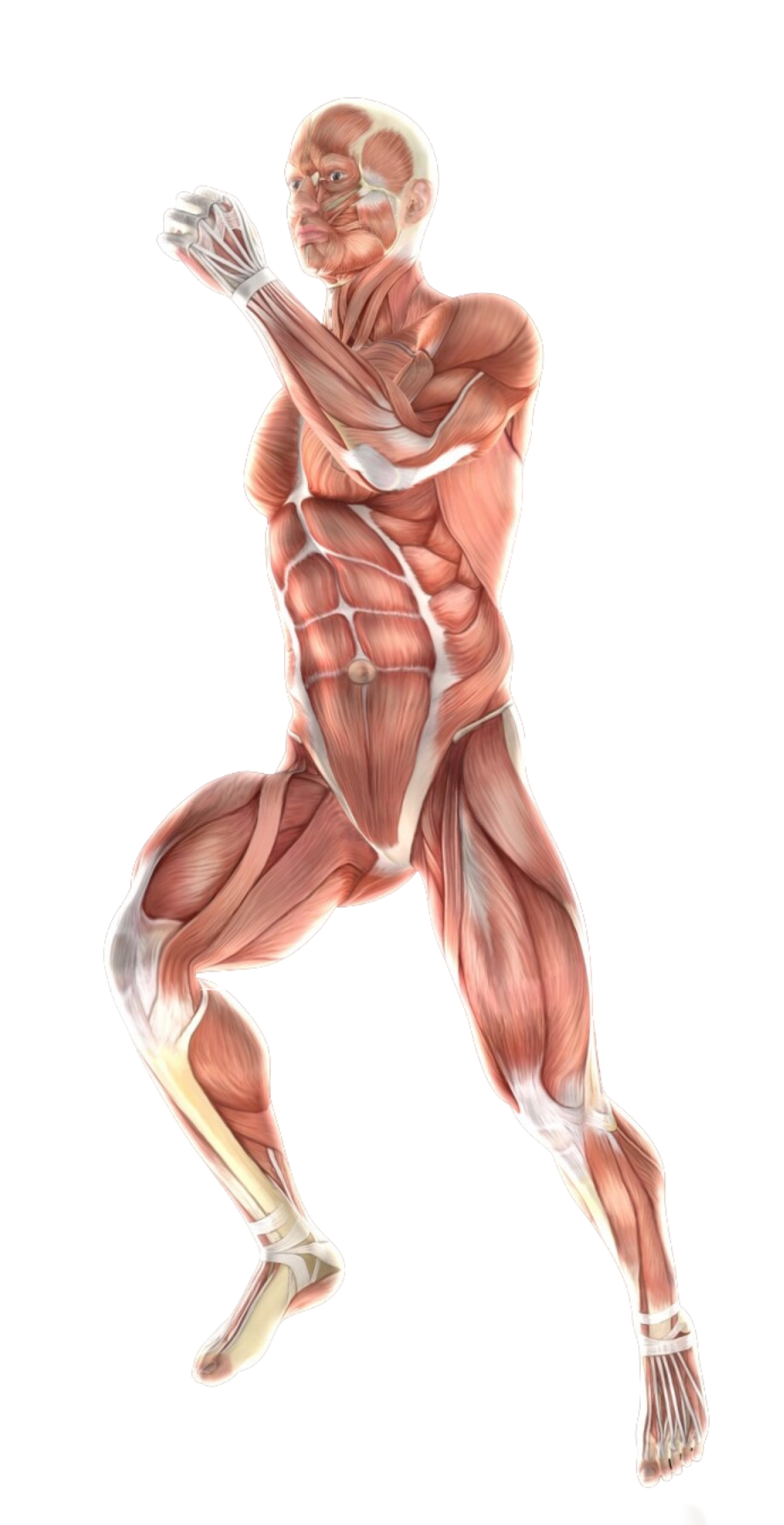- #11-13 Mount Elizabeth Medical Centre (Orchard)
- Mon Fri 9am — 6pm | Sat 9am — 12.30 pm
ACL surgery is often considered when there is a complete tear of the anterior cruciate ligament (ACL), especially in active individuals or those involved in sports. This page provides a full overview of ACL reconstruction, including who may need surgery, what to expect before and after the procedure, possible complications, and cost considerations in Singapore.
ACL reconstruction is a type of surgery that replaces a torn anterior cruciate ligament in the knee. The goal is to restore stability and function to the joint. During the procedure, the damaged ligament is removed and replaced with a tissue graft, often taken from the patient’s own body or a donor. ACL reconstruction is commonly considered for individuals who want to return to physical activity or sports that involve pivoting, jumping, or sudden direction changes.
Who Is a Suitable Candidate for ACL Surgery?
Am I the right candidate for ACL surgery?
You may be considered for ACL surgery if you:
If you frequently experience episodes of the knee giving way or feeling unstable despite conservative treatments like physical therapy, it may suggest an ACL injury requiring surgical intervention.
Significant swelling should be managed and reduced through rest, ice, compression, and elevation (RICE) before surgery to improve surgical outcomes and reduce complications.
Before proceeding with ACL surgery, it is crucial to assess whether there are other injuries, such as meniscus tears or ligament damage to ensure a more effective and comprehensive recovery process.
Achieving a good range of motion and adequate muscle strength prior to surgery can lead to effective post-operative results and rehabilitation process.
In ACL reconstruction surgery, the damaged ligament is replaced using a graft from one of two sources:


The choice of graft depends on your individual needs, though allografts are generally not recommended for young patients due to a higher risk of reinjury and graft failure. The surgery is then performed using minimally invasive arthroscopic techniques. This involves the use of fibre optics, small incisions, and specialised instruments. That said, a slightly larger incision may also be necessary to obtain the tissue graft.
In children and adolescents, special care is taken if growth plates are still open. Improper technique could affect future bone development.
Rarely, the mechanism that allows the knee to straighten may become weak or disrupted, especially if certain graft types are used.
Reduced range of motion can occur if early rehabilitation is delayed or the joint is not moved regularly.
As with any surgery, infection is a risk. Proper wound care and early detection are important for managing this.
After your operation, you will be taken to the recovery room, where nurses will closely monitor your blood pressure, breathing, and heart rate. Please inform the nurse if you experience any nausea or pain.
Experiencing some discomfort after surgery is normal. You will be given pain relief medication to help manage this and aid in your recovery.
Once the effects of anaesthesia wear off, it is important to stay hydrated and eat a balanced diet to support your recovery.
Your operated leg will be carefully bandaged and kept elevated to support healing. For pain and swelling reduction, an ice wrap will be applied to your knee for 24 to 72 hours. Throughout the first week, maintain elevation and use ice wraps as necessary. Additionally, a brace will be provided for knee protection. Keep in mind that adjustments or removal should be done with guidance from your surgeon or physiotherapist.
Initially, you will need to rest in bed and use a bedpan or urinal for elimination purposes.
Your surgeon and physiotherapist will discuss your rehabilitation plan, which may include gentle hip and knee bending exercises within your pain limits.

The process of recovery can vary based on factors such as the severity of the injury, the surgical method used, and the progress made during physical therapy. Here is a general timeline:
For individuals undergoing ACL reconstruction, adherence to physical therapy significantly influences recovery outcomes.
The costs of ACL surgery in Singapore can vary depending on the type of hospital (public vs private), surgical method, and length of hospital stay. Here’s a general guide:
| Setting | Estimated Range (SGD) |
|---|---|
| Public Hospital (Subsidised) | $1,200 – $4,000 |
| Public Hospital (Private Class) | $6,000 – $10,000 |
| Private Hospital | $13,000 – $18,000 |
Note: At public hospitals, wait times for surgery may be longer, and you may not be able to choose your preferred surgeon.
If you hold private health insurance or corporate coverage, part or all of your surgery and hospital stay may be claimable. Speak with our clinic or your insurer to check eligibility.
Singaporeans and PRs may use Medisave to offset eligible surgical costs. MediShield Life can also provide coverage, especially for B2 or C class wards in public hospitals. Additional coverage under Integrated Shield Plans may apply for private hospital stays.
Yes, ACL surgery is common. This technique uses small incisions and arthroscopic tools, reducing recovery time and minimising scarring compared to traditional open surgery.

Spine - Neck
Shoulder & Elbow
Spine — Back
Wrist & Hand
Knee Pain
Ankle Pain
Foot Pain
Book a consultation with us for a more comprehensive diagnosis and a personalised treatment plan best suited to your needs.

Spine - Neck
Shoulder & Elbow
Spine — Back
Wrist & Hand
Knee
Ankle
Foot